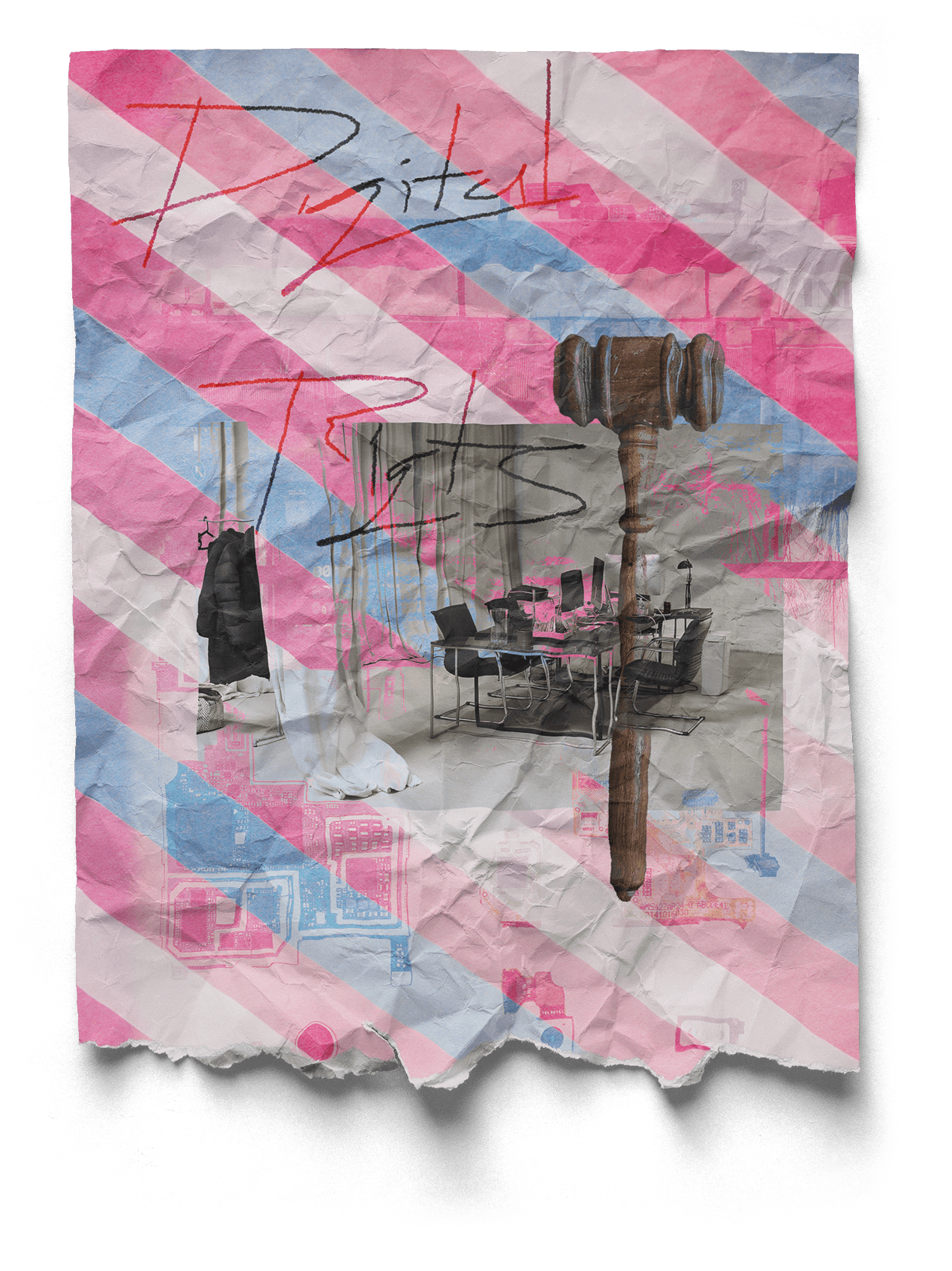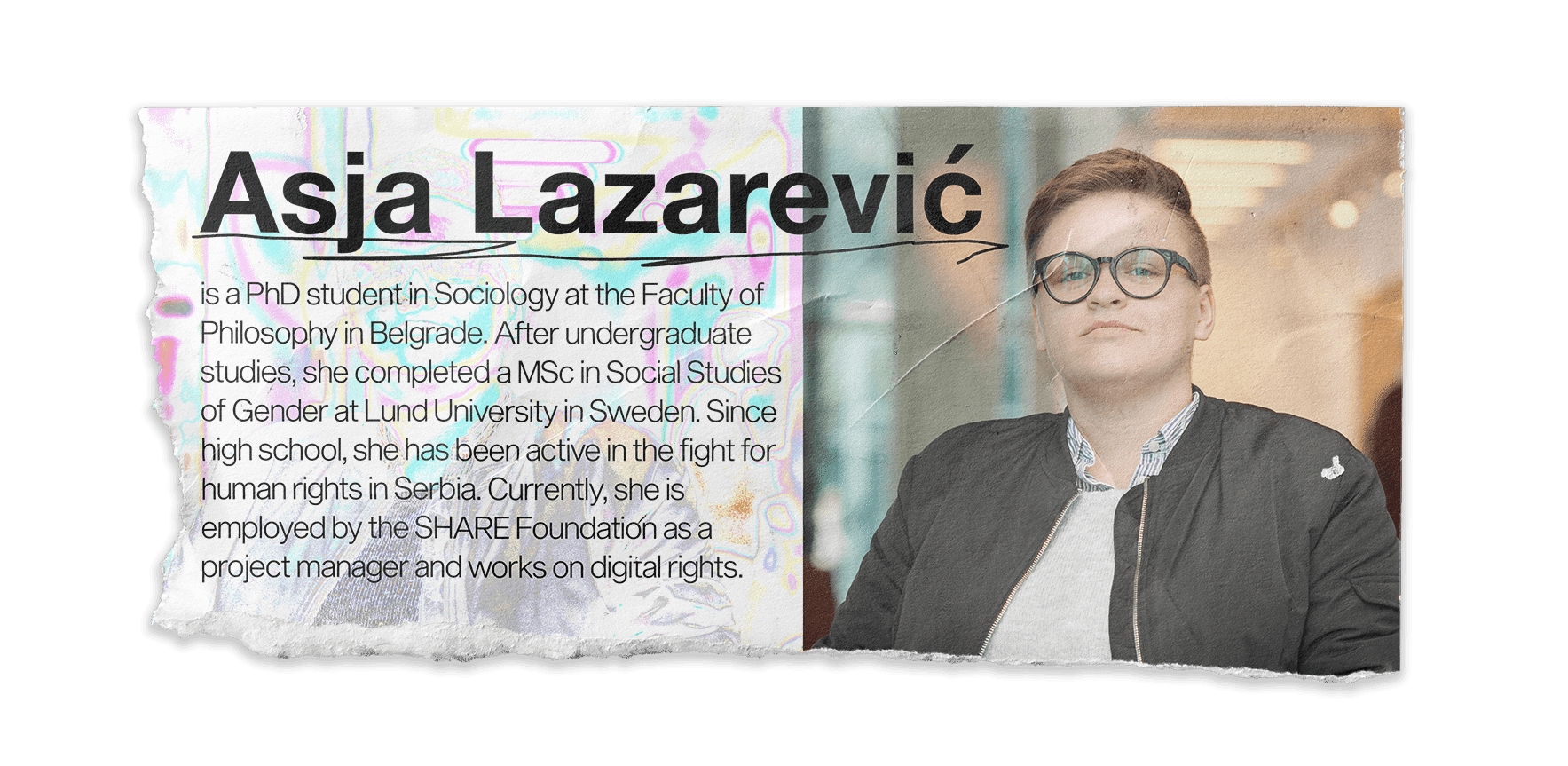Gay digital dating culture in Serbia 1


In this text, I will deal with men’s gay digital dating culture in Serbia, more precisely, I will try to explore the ways in which gay and bisexual men construct their identities, i.e. present themselves on the Grindr application in order to get sexual and/or romantic relationships with other men. The relevance of this topic is reflected in the importance of researching the way in which members of a marginalized group within Serbian society, i.e. LGBTI+ population, represent themselves, communicate, connect and thereby shape their relationships and identities. I will be interested in how it unfolds in the digital/virtual sphere, that is, one part of that sphere (since the analysis of one application does not exhaust the entire digital space in which gay men communicate). This article represents parts of the author's work written as part of her doctoral studies, within the sociology of culture course.
The digital sphere will not be approached as separable from the "real" space, since the activity in it, especially when it comes to dating applications, directly flows into the "real" sphere and constructs social relations and identities. Since the subject of the analysis are profiles of users of the application through which men who have sex with men are most often looking for sexual and/or emotional partners, it is especially important to bear in mind the social position of gay and bisexual men in Serbia, i.e. due to their marginalization and ubiquitous homophobia, digital spaces for gay men can represent spaces where they feel safer to express their own sexuality and identities, making digital spaces additionally relevant to the study of gay dating culture. Finding sexual and/or romantic partners is an important aspect in the life of an individual, but also of a certain group, and with the development of technology, it also takes place in digital environments.
In order to access the Grindr application, users must first register, the registration process itself is free, but there are also subscription packages that offer additional options (for example, to be invisible, that is, that other users do not receive notifications when you visit their profile). It should be noted that this research was conducted through a free profile. After you register on the application, 100 profiles of users who are close to you will be displayed. Their profiles consist of a simple form: picture, name or nickname, introductory text about them, physical characteristics like height, weight, etc. The user is not obliged to fill in any field or to put a picture.
As the presentation of Grindr users takes place in the digital space, a question can be raised about the authenticity of that presentation, i.e. the data itself, precisely because of the anonymous nature of the online space, which allows individuals to control their presentation, i.e. opens an additional possibility for manipulation (Cornwell & Lundgren, 2001). By the very fact that it takes place online, representation in the digital space gives subjects greater freedom to explore and create various personas that may differ from their identities and experiences in the "real" world. However, most people already present themselves differently in relation to the context, and even in the non-digital world, that is, they tend to conceal or misrepresent themselves, of course to varying degrees (Goffman, 1959).
On the other hand, the very distinction between the "real" and the online world is problematic. From the very beginnings of dealing with gay digital culture, researchers have recognized that the digital space is not separate from other spheres of gay life, moreover, it is shaped by gay subculture - drawing parallels between online and offline gay cultures (Shaw, 1997: 137). That's how Mowlabocus stands for not separating the offline and online worlds, i.e. writes that the gay male subculture and the gay male digital culture are inseparable: "...fabrications that conceal the truth about the gay male subculture, which now manifests both digitally and physically, and that these various manifestations occur simultaneously and continuously shape each other" (Mowlabocus, 2010: 15). Campbell, in his work Getting it On Online, criticizes works on cyberculture that present theses about disembodiedness, i.e. the idea that the body is overcome through technology (we can present ourselves as we want), he presents an argument related to gay digital culture in which the body is a point of reference and explores the ways in which the gay body is (re)produced in digital space (Campbell, 2004: 17). Not only is the importance of the body not transcended, but new regimes of beauty are formed, while issues of masculinity, gender performance and race are also very present. That is, digital spaces do not have to be places for experimentation and freedom related to gender, but on the contrary, they can maintain dominant assumptions about how individuals should behave in relation to their bodies (ibid., 68).
The paper will also discuss the positions taken in sex and how they are related to masculinity and femininity. When we talk about homosexual relations and penetration, reciprocity is always possible here, however, this does not happen so often in reality that the gay community has come up with names to use for gay and bisexual men related to positions they take duringsex. Active/top denotes a role that only penetrates, passive/bottom denotes a receptive position, while vers i.e. versatile means a person who takes both positions alternately. By the very fact that reciprocity is possible, the connections between sexuality and power are clearer, that is, the positions taken can have an even clearer social meaning.
One of the most famous authors on masculinity, Raewyn Connell, defines it as: "Masculinity, to the extent that the term can be briefly defined at all, simultaneously represents a position in gender relations, the practices through which men and women include that position in their understanding gender, and the effects these practices have on their experiences of corporeality, personality, and culture" (Connell, 2014: 71). Connell introduces the concept of hegemonic masculinity into the theory, which represents a certain ideal type of masculinity in a given context: "In different historical moments, content-different forms of (male and female) gender roles are, within a certain society and culture, treated as culturally and socially the most desirable. These ideal-type models of gender roles that the majority of members of the observed society/culture perceive as the most desirable, and in relation to which they interpret their own gender experience, are called hegemonic (male or female) gender roles" (Jarić, 2011: 152). Hegemonic masculinity occupies a certain position in relation to femininity(s), but also in relation to various subordinated and marginalized masculinities, which, although they do not represent an ideal type of masculinity, reap the patriarchal dividend due to the overall oppression of women, i.e. femininity (Connell, 2014: 79). Gay masculinities fall under subordinate masculinities. Gay/bisexual men are subordinated in relation to hegemonic masculinity, at the center of which is a certain degree of homophobia that stereotypes gay men as feminine (Connell, 2014), and gay men do not profit to the same extent from patriarchy, that is, they are in a worse position when we talk about masculine capital. Not only are gay men in a subordinate position in relation to heterosexual men, but in relation to the extent to which they are masculine, they also find themselves in subgroups that are ranked hierarchically.
This paper, through the analysis of 60 profiles on the Grindr application, dealt with the research of gay dating culture in Serbia. Profile descriptions relevant to the research will be transferred in full, but nicknames will be marked with an X to protect the user's identity. What can be concluded as present in the vast majority of profile descriptions is that they are based on the exclusion of "unwanted others". Exclusion varies from gender performance to whether the person is a smoker. Through the thematic analysis, 3 recurring themes were observed. One related to communicating the user's gender performance, that is, what kind of gender performance he expects from a potential sexual and/or romantic partner. It was concluded that users of feminine gender performance are most often excluded and branded as undesirable, which corresponds to the state of the entire gender order in Serbia, where femininity is penalized. The second topic concerned positions in sex, i.e. the way in which users communicate with each other about their preferred positions was analyzed. Masculinity, that is, femininity, is connected with the top, that is, bottom position, and in that way the first two topics are combined. The third topic concerned privacy, that is, the willingness of users to send pictures of their face, that is, to accept as partners users who do not want to do that. It was concluded that there is a strong narrative about the desirability of sending facial images, which suggests that many are not ready to make such moves for fear of the consequences they might experience if they are caught, or if their images start to be shared further over the Internet.
In the following part of the article, we will present a more detailed analysis through which we reached the above conclusions.







